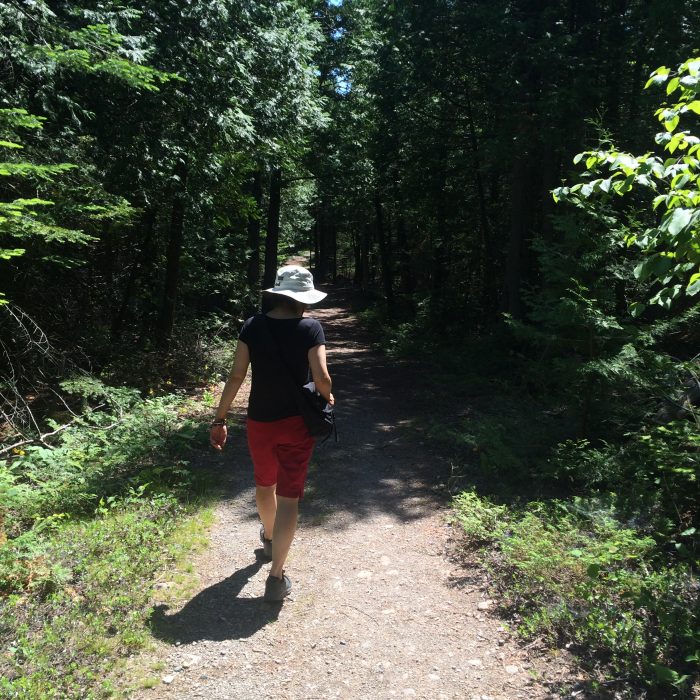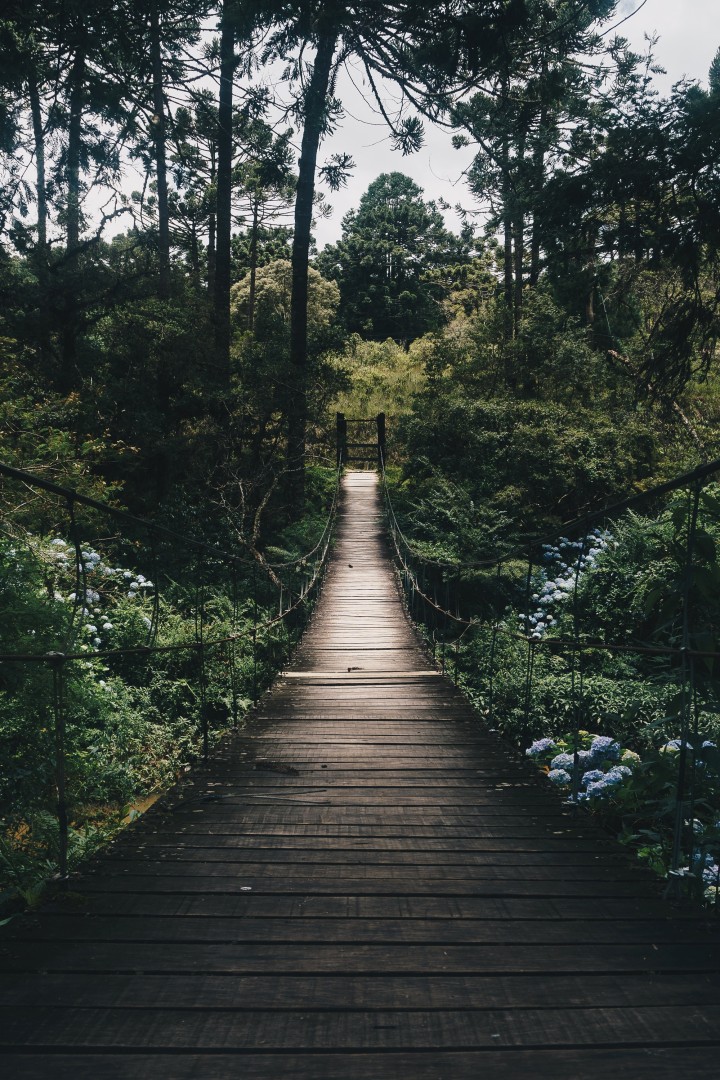I Went Forest Bathing
Those who dwell among the beauties and mysteries of the earth are never alone or weary of life.
Rachel Carson
What a glorious summer. The season has been remarkably sunny and hot (a gift for those of us weary of long winters), and I’ve returned from trips to the Bruce Peninsula National Park and the Kawartha Lakes region where I pursued my favourite activity – “forest bathing.”

When I share my fondness for this pastime with family and friends, the initial responses are invariably “You’re doing what?” or “You were naked?” and accompanied by mixed expressions of curiosity and disbelief. Nothing lewd I assure them, much to their relief (and perhaps a little disappointed), while I explain that everyone would benefit from the Japanese practice of shin-rin-yoku or “forest bathing.”
The term shin-rin-yoku translates as “taking in the forest atmosphere” or “forest bathing,” and involves visiting a forest for recreation and relaxation. The Forest Agency of Japan introduced the practice to its population in 1982 to reduce stress and promote a healthy lifestyle. Japanese fieldwork measuring the health benefits of time spent in nature eventually led to the establishment of a new interdisciplinary science – Forest Medicine.
Today in Japan, medical practitioners and citizens alike recognize forest medicine as preventative medicine and some Japanese companies include forest bathing or forest therapy as part of their employee healthcare plan. Japan currently has sixty-two government designated Forest Therapy Bases and Forest Therapy Roads, which offer visitors a variety of activities that include health consultations, breathing, aromatherapy and yoga classes, and guided walks with forest therapy professionals.
Ongoing Japanese research shows that spending time in nature, specifically in the woods, has many positive physiological and psychological effects on our well-being. Health benefits include lower levels of the stress hormone cortisol, decreased blood pressure, slower heart rate, reduced anxiety, depression, and anger. Studies also indicate that breathing in phytoncides, (anti-microbial wood essential oils) released from trees, increases the activity of our body’s Natural Killer (NK) cells, a component of the immune system that fights cancer and infections.
Don’t have the time or resources to visit a forest? Leading forest medicine researcher Dr. Qing Li suggests a two-hour visit to a city park that has ample tree canopy, will also have health benefits. His most important tip while forest bathing? It is simply relax and enjoy nature through the five senses, and allow our mind and body to experience her healing and restorative power.
While walking along forest trails or simply sitting, enjoying a scenic view, I’m mindful of this advice – touch the trees, breath in the wood scents, taste wild berries, watch the clouds change shape, listen to the wind, birds and flowing water. I love connecting with nature; her beauty awes and humbles me, and as always, I feel calmer, more aware, and uplifted from our time together. I can’t wait to get back out there.
Can forest therapy promote physical and mental well-being? Science says yes.
Are you ready to go forest bathing?

